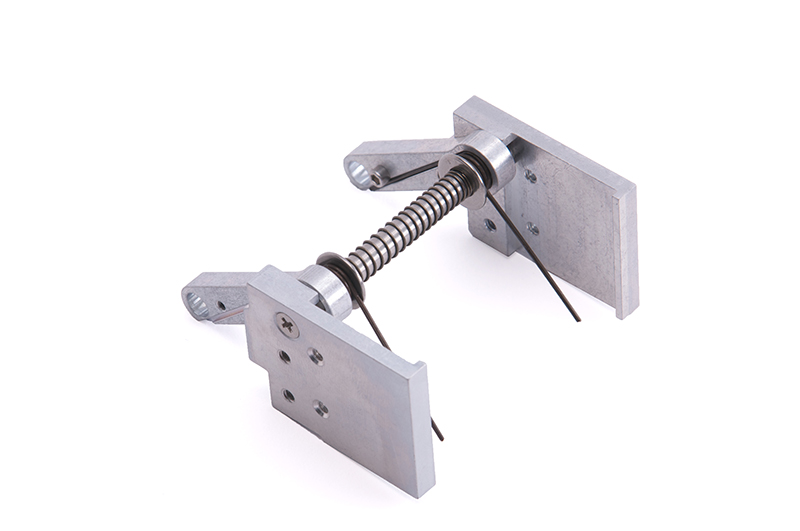Urethane casting is an inexpensive and effective way to move from prototype to production.
But before it’s produced, an electronic prototype design is created using a computer numerical control (CNC) software. After the master pattern is created, silicone rubber is poured around it. Once the rubber dries and hardens, the master is removed, and the rubber creates a cast that can be used again and again to create exact replicas of the master.
Cast urethanes are less expensive than other methods of prototype manufacturing. Additionally, it also shortens lead times and allows for greater design flexibility. But to remain effective, it’s important to work with a manufacturing company that has extensive experience in urethane casting.
There are several strict guidelines that must be followed to ensure precise outcomes.
Wall Thickness
The best practice is to maintain a consistent wall thickness, and cast urethane parts have a minimum thickness of 0.02” and 0.05”. Cast urethanes make it possible to vary wall thickness.
Draft and Undercuts
In general, draft and undercuts are not a concern during urethane casting. However, if the prototype will move on to a different production technique, the design should be created as it will be used during actual production.
Ribs
If the prototype includes ribs, the design should pay close attention to the orientation of the rib in order to provide maximum bending stiffness. This means that the height of the rib should be at least three times its thickness. Coring is the best method to employ during material removal to avoid shrinkage at the rib intersections.
Shrinkage and Voids
If the intersections of the walls are not uniform, shrinkage and voids can occur, rendering the cast useless. To avoid shrinkage and voids, rib thickness should be 50 to 60 percent of the wall to which they’re attached. Bosses can also be used.
Bosses
Bosses are used when it’s necessary to mate parts or include screws and other connecting devices to the design. Bosses should be less than 60 percent of the nominal wall.
For more information about how an experienced manufacturing company can help leverage cast urethanes, download a Product Development Solutions brochure today.

